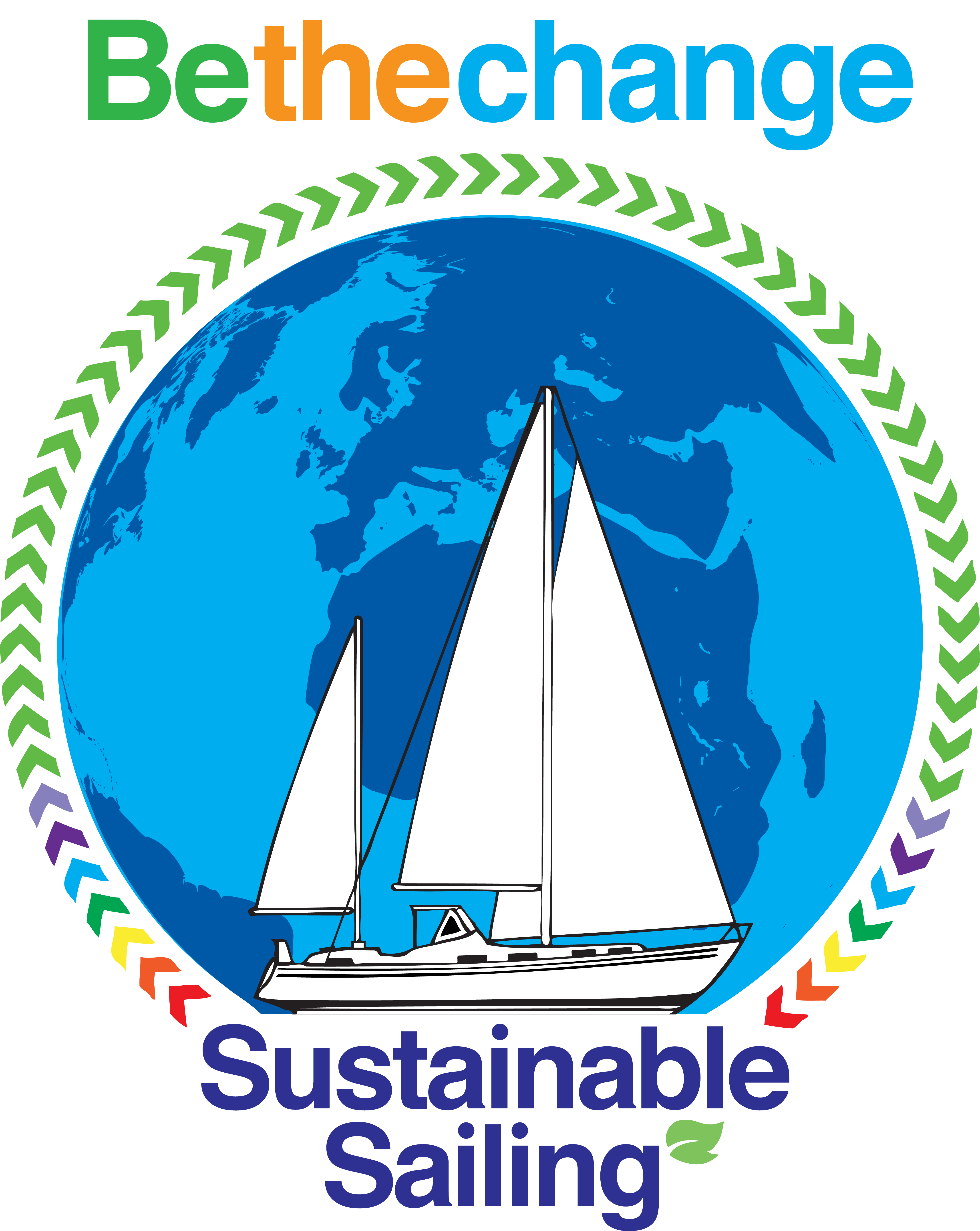Month: September 2019
-
It’s Not (all) About the Boat
From the title “Sustainable Sailing” and the posts so far we might have given then impression that it is all about the boat. But that would be incorrect. We are looking to create a retirement future that is as fully sustainable (environmentally, financially and healthily) as possible. For us that means we have chosen to…
-
Friday progress #4
A slightly shorter and very wet Friday working on Vida yesterday. Still some good progress. Aft cabin We tested the foam mattress on our bed. Minor adjustments and the covers can be done (it was very comfortable). Also cut down the edges that hold the cushions on so that we can make a double bed…
-
Slightly damp
Found a gap in the rain to take the cushions off so Jane can finish them at home. But the boatyard is a bit flooded. More heavy rain forecast for the rest of the day. Only here til 4pm today as we have a social event this evening 😊 Wind is still strong, was good…
-
Better sleeping
So we tested our new foam mattresses in the aft cabin last night. We wanted to see how they fit before Jane puts the covers on. So we just slipped them into duvet covers. They are brilliant. Really comfy and much warmer. Plus as they fit the exact shape the bed is much larger. Despite…
-
Our first cushions
Jane is busy making the cushions for the aft cabin (our bedroom). She “invested” in the cheapest electric carving knife available to cut the foam. It works but after every 10 minutes of cutting it needs a half hour rest to cool down. So we won’t be having any guests around for dinner any time…
-
The electric plan: Shorepower
In my previous “The Electric Plan” I haven’t mentioned “Shore Power” (ie plugging your boat into a mains power supply when in a marina). The reason is simple. We don’t plan to have a shore power connection. There are several, fairly obvious reasons. Less is more. The less we have installed the less it costs,…
-
Holding it all together
Just a quick thought about the wider picture from my earlier post about aiming towards using zero fossil fuels on Vida. This has to be part of a bigger picture and one of the beautiful things that a sailing boat does is bring that bigger picture to a more human, a more manageable scale. So…
-
Zero fossil fuel sailing
Goal The goal for the environmental element of Sustainable Sailing has to be a zero use of any fossil fuel, at least for energy when using the boat. I don’t think we will be there in terms of all inputs for a long time yet (zero fossil fuel food supply or clothing or replacement parts…
-
Epoxy repairs. Sustainable?
So we are going to be doing some repairs on the hull to fill in holes where we remove Seacocks (the number we remove is still up for debate). Boats like ours were built with Polyester Resins and glassfibre. However, we plan to generally use Epoxy resins for repairs (stronger, less shrinkage). But Epoxy resins…
-
Sustainable Octopus fishing?
This isn’t really about sustainability but this pair of videos by Ryan and Sophie were good fun to watch. I’m not putting catching Octopuses high on our priority list 🙂
